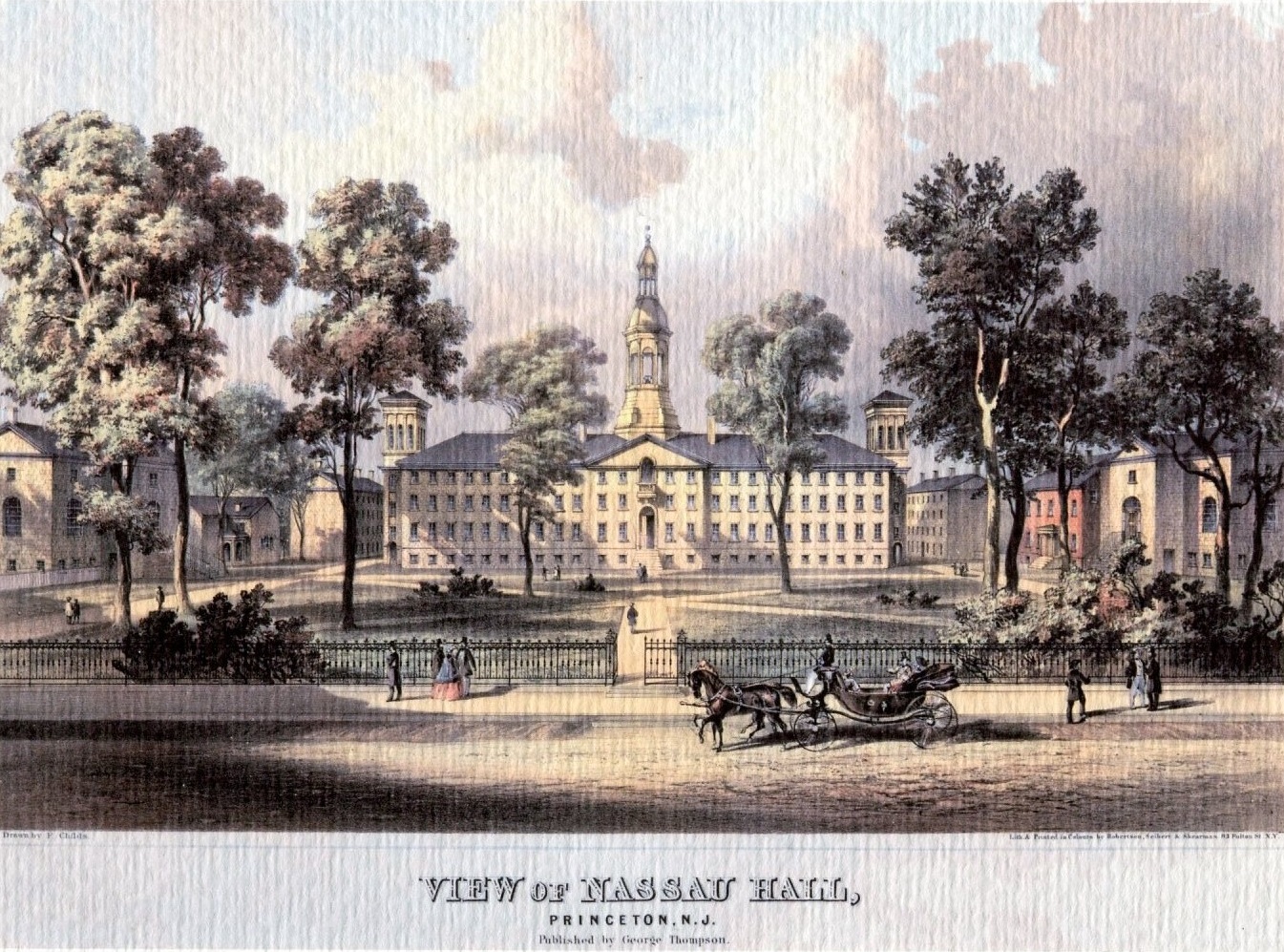By Annabel Green ’26
with April C. Armstrong *14
Note: This is the second of a two-part series. The two parts have been published simultaneously. The first post introduces MK-Ultra as a whole and overviews the involvement of Allen W. Dulles, Class of 1914. It can be found on the Special Collections blog. This second post delves deeper into the history MK-Ultra on Princeton University’s campus.
Introduction
As introduced in Part I of this series, MK-Ultra was a human experimentation program illegally conducted by the Central Intelligence Agency (CIA). Its intent was to determine the usefulness of various substances for interrogations. Running from 1953-1973, the program employed secret dosing of unsuspecting persons with psychoactive drugs, especially LSD. MK-Ultra activities took place in a variety of settings where ordinary citizens became test subjects without their knowledge, including on college campuses.
MK-Ultra Experiments and Princeton
On September 1, 1977, the General Counsel of the CIA informed Princeton University that it was among the institutions at which MK-Ultra research was performed or with which MK-Ultra was affiliated. CIA funds totaling $4,075 were paid in 1953 and 1958 for research by two individuals (whose names were withheld) affiliated with the University. According to the CIA, the individuals were advisers for two research undertakings. Neither project was sponsored by the University, nor is there any evidence that the University as an institution was involved in the research.
Records of the CIA’s contact with Princeton can be found in the Office of the Vice President for Public Affairs Records (AC217).
In the first case, an individual who was associated with Princeton’s Department of Chemistry received $765, sourced from CIA funds (although it is unclear whether the individual knew that the CIA was behind the funding), for characterizing the alkaloids present in seeds of a species of morning glory (effects of morning glory are similar to LSD drug effects, although less potent). The work was conducted between April 18 and June 4, 1953.
Besides the 149 MK-Ultra sub-projects relating to behavioral modification and covert drug usage, the recovered documents fell roughly into two other categories. First, there were two boxes of miscellaneous MK-Ultra papers, including audit reports and financial statements from intermediary funding mechanisms. Second, there were 33 additional sub projects funded under MK-Ultra that were unrelated to either behavioral modification, drugs, or toxins.

In the second case, an unnamed individual affiliated with the University was retained by an unnamed intermediate agency in the summer of 1958 to produce “integrated report[s] covering the major literature on social character” in an American culture and another unnamed culture. The documents reveal that the intermediate agency was paid $5,000, $3,000 of which was disbursed to the consultant along with $310 for typing costs. The documents furnished to the University state that in the second case, the investigator was an “unwitting consultant” of the CIA as the research was conducted through an intermediate agency.
Blowing America’s Mind
In Blowing America’s Mind, two Princeton alumni, John Selby ’68 and Paul Jeffrey Davids ’69, claim they were subjects of experiments conducted at the New Jersey Neuro-Psychiatric Institute (NJNPI), not far from Princeton’s campus. Selby and Davids answered a flyer that read:
N.J. Neuro-Psychiatric Institute
Subjects Needed for Deep Hypnosis Experiments
The Bureau of Research is Neurology and Psychiatry of the New Jersey Neuro-Psychiatric Institute needs subjects willing to undergo deep hypnosis. Subjects will be paid during an initial training period and then will participate in a series of experiments. You must be willing to make a long-term commitment. If accepted, you will undergo hypnosis several times a week and may make an important contribution to our understanding of human consciousness.


Since then, the NJNPI has been closed down. The NJNPI included both “incurable psychotic permanent residents” as well as a Department of Experimental Psychology. The Department was headed by the Bureau of Research in Neurology and Psychiatry Director Humphry Osmond. Osmond coined the term “psychedelics.” The Department was also led by the head of the Section of Experimental Psychology at the Bureau, Bernard S. Aaronson.
At the institute, LSD and hypnosis studies were being done with the purpose of “distinguishing mind-contracting experiences like schizophrenia and paranoia from mind-expanding perceptions induced by psychedelics”. Selby and Davids claim that they were unwitting subjects in MK-Ultra, although MK-Ultra had supposedly ended a few years prior.

CIA Activity Governance at Princeton
According to Dennis Sullivan, who was the spokesman for the University president, “Private consulting work by faculty members is permitted within guidelines,” and nonclassified research is permitted as long as it does not interfere with teaching requirements. Sullivan said that the university made the material public as a way of setting the record and did not intend to research further into the identity of the Princeton-affiliated researchers. He also claimed that he didn’t know if the research guidelines were in effect at the time the experiments were conducted.
Following these investigations, Princeton discussed how to regulate the CIA activity alongside a number of individuals at other institutions in Washington.
In 1978, the Faculty Advisory Committee on Policy arrived at the conclusion that a member of the Faculty was allowed to engage in and consult with any agency as long as the interaction was independent of the member’s responsibilities to the University as a Faculty member.
Conclusion
The full extent of MK-Ultra, at Princeton University or elsewhere, may never be known. Individuals who may have been test subjects may also never have known what had happened to them. The records preserved in Special Collections are part of important efforts to ensure that incidents like these are not forgotten.
Sources:
American Civil Liberties Union Records (MC001)
Office of the Vice President for Public Affairs Records (AC217)
Princeton University Publications Collection (AC364)
Selby, John and Paul Jeffrey Davids. Blowing America’s Mind: A True Story of Princeton, CIA Mind Control, LSD, and Zen. Reno, Nevada: Yellow Hat Productions, 2018.

